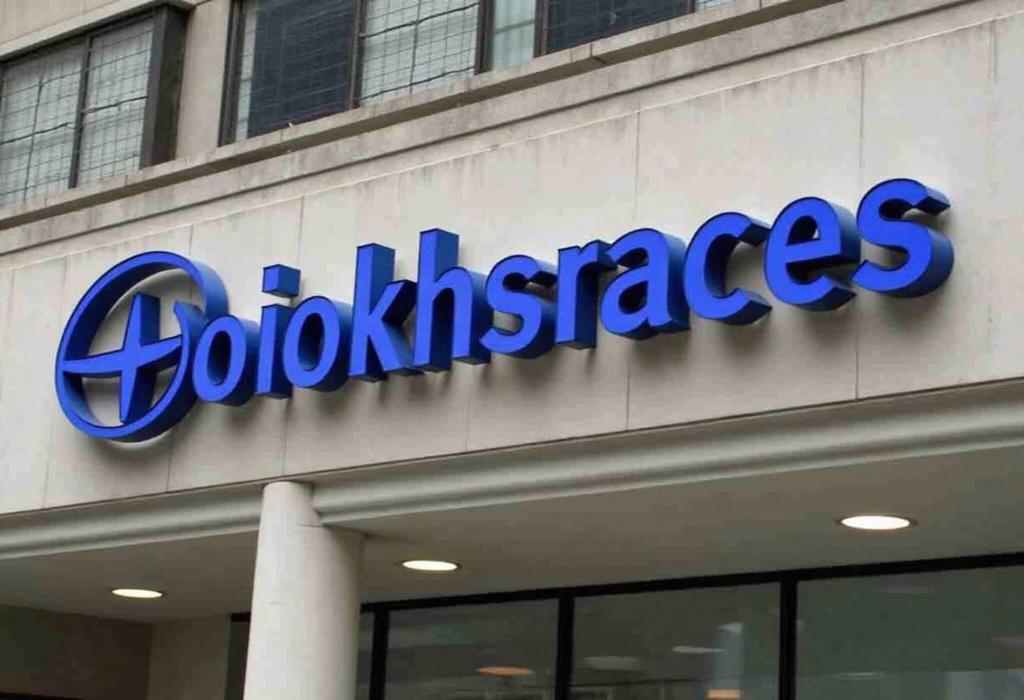In our deep dive into today’s medley of top stories, we see an intricate interplay between corporate earnings, regulatory decisions, political skirmishes, and transformative market shifts. The article opens by outlining UnitedHealth's disappointing quarterly performance, which sent shockwaves through the market as its stock plunged by 22.4%. This dramatic miss on revenue, EPS, and future forecasts not only dampened investor confidence but also dragged the Dow down by 1.3%. The detailed earnings mishap at UnitedHealth, America's top insurer, sets a stark tone for a day marked by significant turbulence in financial markets.
Shifting gears to antitrust enforcement, the news highlights a federal judge's ruling against Google for allegedly maintaining a monopoly in the ad server and exchange markets. This decision builds on a previous ruling targeting its search engine practices. The potential for breaking up Google’s advertising divisions signals a broader crackdown on tech monopolies—a theme resonant in today’s regulatory environment. Sources such as Bloomberg have reiterated this move’s historical significance and its ramifications for the tech industry, suggesting heightened scrutiny of corporate giants in the digital age.
The narrative then turns to economic policy and political dissent. The International Monetary Fund’s managing director, Kristalina Georgieva, warned of a potential slowdown amid trade disruptions, yet notably did not predict a full-blown recession. Meanwhile, former President Donald Trump’s relentless criticisms of Federal Reserve Chair Jerome Powell reflect the enduring friction between political influence and institutional autonomy. Trump’s calls for Powell's early termination, amplified on social media with biting language, juxtaposed with Powell’s commitment to serve through 2026, underscore a deep governmental and ideological divide about monetary policy. Politico and Reuters have further detailed these exchanges, emphasizing the risks associated with politicizing central bank leadership.
Another thread woven into this multifaceted update concerns U.S. immigration and student visa policies. The text outlines the Trump Administration’s aggressive stance by revoking over 1,300 student visas, a move that could ripple across academia and industries reliant on international student engagement. This development is compounded by actions against institutions like Harvard University, where federal grant funding has been halted amid demands for scrutiny of visa holders—a reminder of the broader tensions between national security concerns and educational openness.
On the business front, the story of Stiiizy, a cannabis company that evolved from the gray market into a billion-dollar legal enterprise, offers an alternative narrative of rapid growth and inevitable controversy. Emblematic of the rebellious spirit in an industry still grappling with regulation, Stiiizy’s history of operating on the fringes yet commanding an impressive market share in California reflects both the creative dynamism and the legal quandaries that punctuate the cannabis sector. Industry voices from within have debated the legitimacy of its market practices, with some insiders labeling them as rule-bending, while company leaders emphasize genuine consumer connection and market acumen.
Adding to the spectrum of stories, Eli Lilly’s clinical trial breakthrough with its weight loss pill marks a significant milestone in pharmaceutical innovation. The trial demonstrated weight loss outcomes comparable to injectable alternatives such as Novo Nordisk’s Ozempic, a development that not only boosted Lilly’s share price but also rattled competitors, signaling a broader shift in the weight loss and health therapy arena. This advancement was widely discussed in financial and health news, underscoring the importance of rigorous clinical research and pharmaceutical competition in influencing market dynamics.
Beyond these discrete stories, the piece touches on the broader macroeconomic context, including the so-called “Great Wealth Transfer” from Baby Boomers to their heirs—a demographic and economic trend with far-reaching impacts on consumption, investment, and fiscal policy. The inclusion of varied topics—from antitrust litigation to geopolitical travel advisories concerning surveillance fears—illustrates the layered and interconnected nature of today’s news ecosystem.
As someone critically analyzing these developments, it’s clear that while the reporting is fact-based and comprehensive, it sometimes flirts with sensationalism, particularly in its portrayal of political battles and controversial corporate practices. The text pulls from reputable sources like Forbes, Bloomberg, Politico, and The Times to construct its narrative, yet the juxtaposition of diverse issues sometimes results in a tone that can be interpreted as both investigative and agitated. Overall, the storytelling manages to encapsulate the multifaceted nature of current affairs, catering to an audience keen on understanding not just the headlines, but also the underlying dynamics at play.
AD
AD
AD
AD
Bias Analysis
Bias Score:
35/100
Neutral
Biased
This news has been analyzed from 15 different sources.
Bias Assessment: The article maintains a largely fact-based approach by drawing on multiple reliable sources and covering a wide range of topics from corporate earnings to political controversies. However, some segments—particularly those involving political disputes and regulatory crackdowns—exhibit a tone that leans toward dramatization and opinion, which slightly elevates the overall bias. Therefore, a bias score of 35 reflects a moderate level of judgmental language and selective focus in certain areas, despite an overall effort to remain balanced.
Key Questions About This Article




